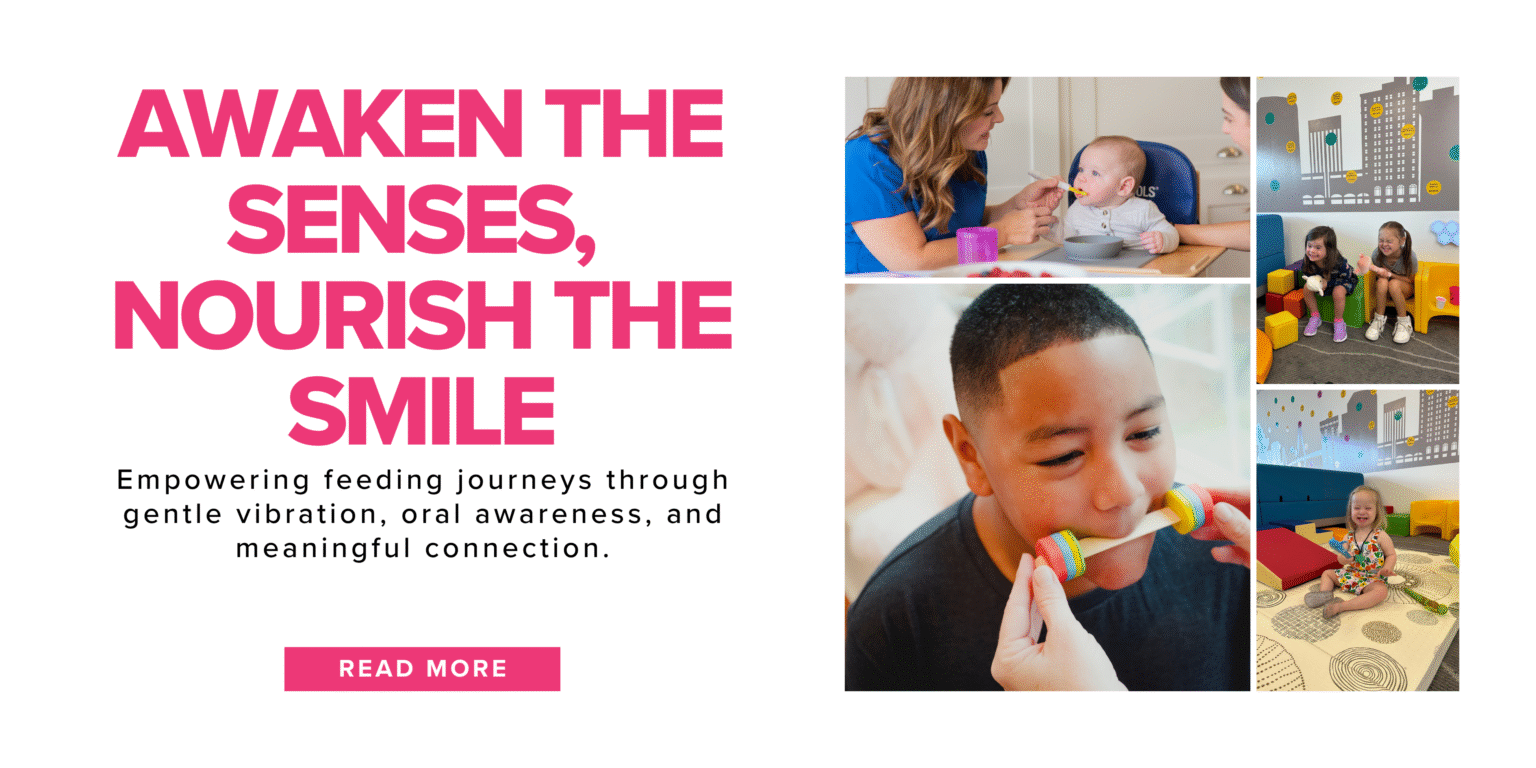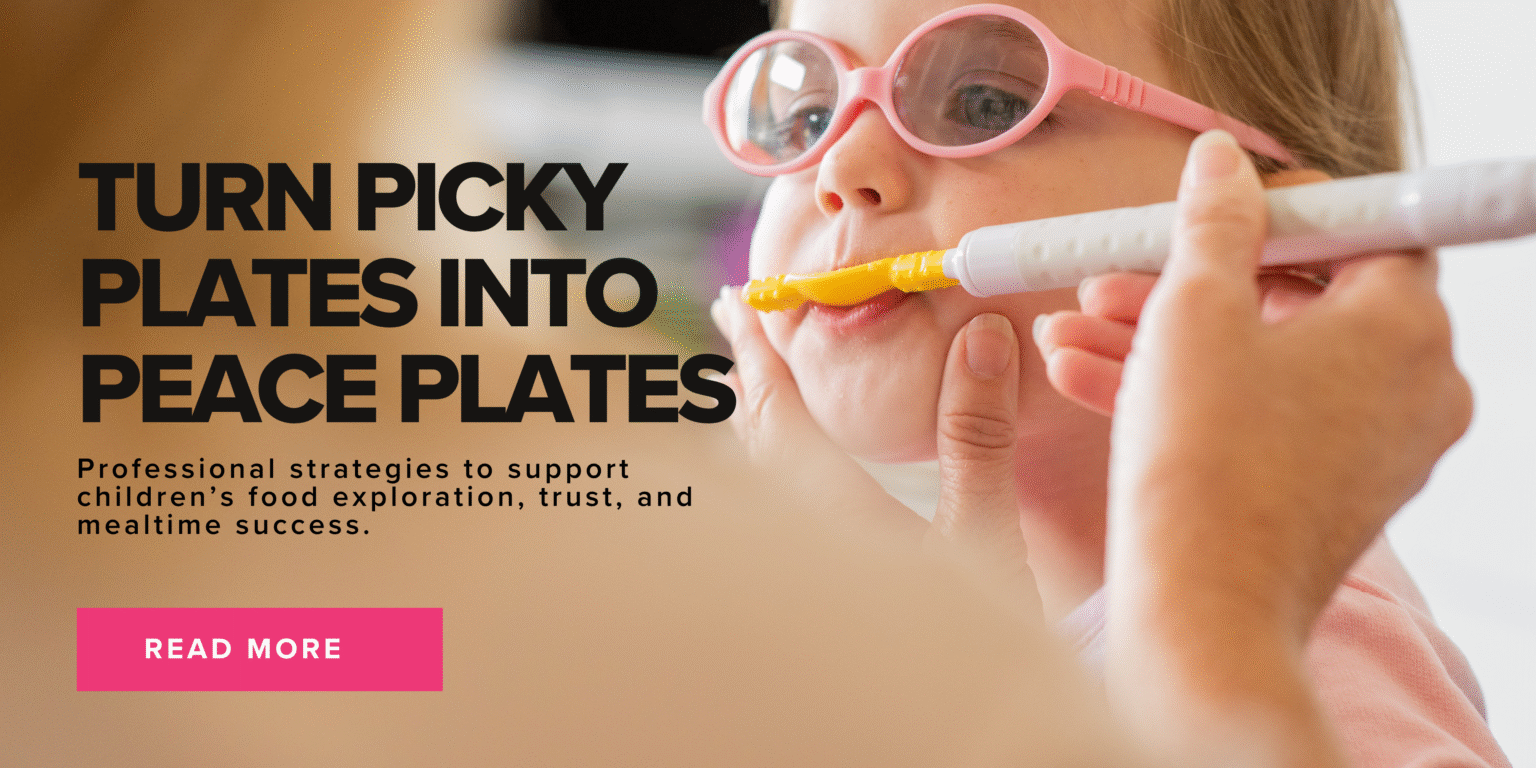by Robyn Merkel-Walsh, MA, CCC-SLP
This poster was presented at the 2016 annual ASHA Connect Convention, Poster Session #PS02.
ABSTRACT
Presentation explores 1) traditional versus phonological therapy, 2) the sensory-motor system as it relates to speech, 3) the importance of tactile and proprioception in articulation therapy, 4) shaping placement of the articulators to improve speech clarity.
LEARNER OUTCOMES
1. Participants will be able to differentiate phonological versus traditional articulation therapy.
2. Participants will be able to define the three stages of Van Riper’s Phonetic Placement Approach.
3. Participants will be able to use at least three oral placement cues in order to facilitate speech movements.
DISCUSSION
Two widely used models of articulation therapy include the traditional and phonological models (Bowen, 2005). While studies suggest that the phonological model may prove more positive results than the traditional model (Klein, 1996), Van Riper’s Phonetic Placement Approach (PPA) may be more useful for individuals who are not be able to achieve placement cues (Van Riper, 1978). In 1958, Van Riper stated:
“Every available device should be used to make the student understand clearly the positions of the tongue, jaw, and lips to be assumed.”
Placement cues are based on the more traditional models of therapy, and rely on the concept that an individual can copy the motor plan suggested by the therapist, such as “place your tongue tip to the spot.” Therapists, however, often struggle with a population of individuals who do not respond well to “look at me and say what I say,” and those who require a tactile-kinesthetic approach to treatment (Bahr & Rosenfeld-Johnson, 2010). Individuals with dysarthria, dyspraxia and/or myofunctional disorders may make slow progress, or no progress at all, without the assistance of tactile cues. Even though therapists have heard the debate on oral motor therapy (Bowen, 2006; Lof, 2006; Lof, 2007; Lof, 2009), clinicians are still widely using the techniques because they yield positive treatment outcomes (Bahr, 2008).
Clinicians, who represent the Board of Directors for the Oral Motor Institute, have struggled with distinguishing “oral motor therapy” from the form of “Non Speech Oral Motor Exercises” (NSOME) presented by Gregory Lof (Lof, 2008). The term “Oral Placement Disorder” (OPD) was coined by Diane Bahr and Sara Rosenfeld-Johnson in 2010 (Bahr & Rosenfeld-Johnson, 2010). Children with OPD cannot imitate targeted speech sounds using auditory and visual stimuli (i.e., “Look, listen, and say what I say”). They also cannot follow specific instructions to produce targeted speech sounds (e.g., “Put your lips together and say m”). Although the term OPD is new, the concepts surrounding the term have been discussed by a number of authors and clinicians (Bahr, 2010; Hodge, 2012; Marshalla, 2007).
There has been question, and ongoing confusion, as to what is a NSOME, versus what is an oral placement technique (OPT) (Bahr & Rosenfeld-Johnson, 2010). Oral Placement Therapy (OPT) is a tactile teaching technique used for children and adults with Oral Placement Disorders (e.g., dysarthria), who cannot learn standard speech sound production using auditory and visual teaching methods alone. OPT facilitates the pre-requisite skills in muscle control to develop dissociation and grading in the muscles of the abdomen, velum, jaw, lips and tongue for clients who cannot approximate the standard speech sounds using the instructions. If the client can produce standard speech using adequate placement and duration using only auditory and visual cueing, OPT would not be included in that client’s program plan.
Gregory Lof’s research has even stated that the methods used in Van Riper’s Phonetic Placement Approach are not in fact considered NSOME (Lof, 2009). This is why it is important to explore current clinical techniques to determine what activities are considered unrelated to speech production, as opposed to those activities that in fact are an extension of Phonetic Placement Therapy (Marshalla, 2007).
OPT IS A MODERN EXTENSION OF PHONETIC PLACEMENT THERAPY
(Van Riper, 1954) and The Feedback Model (Mysak, 1971).
It is based on a very common sequence (Bahr, 2001; Green, Moore & Reilly, 2000; Marshalla, 2007; Young and Hawk, 1955):
1. Facilitate speech movement with the assistance of a therapy tool (ex. horn, tongue depressor) or a tactile-kinesthetic facilitation technique (ex. PROMPT facial cue); use every available device (Marshalla, 2012);
2. Facilitate speech movement without the therapy tool and/or tactile-kinesthetic technique (cue fading);
3. Immediately transition movement into speech with and without therapy tools and/or tactile kinesthetic techniques.

PHONETIC PLACEMENT THERAPY TOOLS

MODERN ORAL PLACEMENT THERAPY TOOLS

REFERENCES
Bahr, D. (2008). The oral motor debate: Where do we go from here? Poster session presented at the annual meeting of the American Speech-Language-Hearing Association, Chicago, IL. (Full handout at http://convention.asha.org/handouts.cfm)
Bahr, D. (2001). Oral motor assessment and treatment: Ages and stages. Boston: Allyn and Bacon.
Bahr, D. & Rosenfeld-Johnson, S. (2010). Treatment of Children With Speech Oral Placement Disorders (OPDs): A Paradigm Emerges. Communication Disorders Quarterly, XX(X), 108.
Bowen, C. (2005). What is the evidence for oral motor therapy? ACQuiring Knowledge in Speech, Language and Hearing, Speech Pathology Australia, 7, 3, 144-147.
Green, R., Moore, C. A., & Reilly, K. J. (2000). The sequential development of jaw and lip control for speech. Journal of Speech, Language and Hearing Research, 45, 66-79.
Hodge, M. M. (2002). Non-speech oral motor treatment approaches for dysarthria: Perspectives on a controversial clinical practices. Perspectives in Neurophysiology and Neurogenic Speech Disorders, 12 (4), 22-28.
Klein, E. S. (1996). Phonological/traditional approaches to articulation therapy. Language, Speech, and Hearing Services in Schools, Vol. 27, 314-323.
Lof, G. L. (2007). Reasons why non-speech oral motor exercises should not be used for speech sound disorders. Presentation at the ASHA Annual Convention, Boston, MA, Nov. 17.
Lof, G. L. (2009). Nonspeech oral motor exercises: an update on the controversy. Presentation at ASHA Annual Convention, New Orleans, LA.
Lof, G. L. (2006). Logic, theory and evidence against the use of non-speech oral-motor exercises to change speech sound productions. Invited presentation at the ASHA Annual Convention, Miami, FL, Nov. 17.
Lof, G. L. & Watson, M. (2005). Survey of universities’ teaching: oral motor exercises and other procedures. Poster presented at the annual meeting of the American Speech-Language-Hearing Association, San Diego, CA.
Lof, G. L. (2004). Ask the Expert: A response by Gregory L. Lof, PhD., CCC-SLP. The Apraxia-Kids Monthly, 5 (1).
Lof, G. L. & Watson, M. (2004). Speech-language pathologist’s use of non-speech oral-motor drills: National survey results. Poster presented at the annual meeting of the American Speech-Language-Hearing Association, Philadelphia, PA.
Lof, G. L. (2003). Oral motor exercises and treatment outcomes. Perspectives on Language Learning and Education, 10 (1), 7-11.
Marshalla, P. (2007). Oral motor techniques are not new. Oral Motor Institute, 1(1). Available at www.oralmotorinstitute.org.
Marshalla, P. (2012). Horns, whistles, bite blocks, and straws: A review of tools/objects used in articulation therapy by Van Riper and other traditional therapists. Oral Motor Institute, 4 (2). Available at www.oralmotorinstitute.org.
Mysak, E. (1971). Speech pathology and feedback therapy. Charles C. Thompson Publisher.
Van Riper, C. (1958, 1954, 1947). Speech Correction: Principles and Methods. Englewood Cliffs: Prentice-Hall.
Young, E. H. & Hawk, S. S. (1955). Moto-kinesthetic speech training. Stanford, CA: Stanford University Press.



